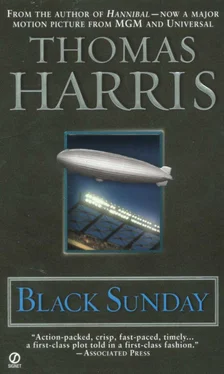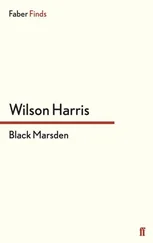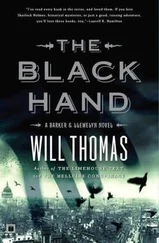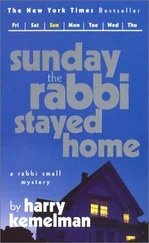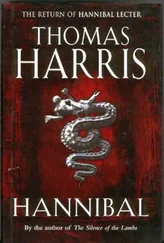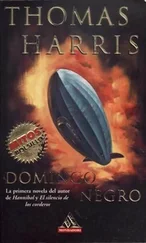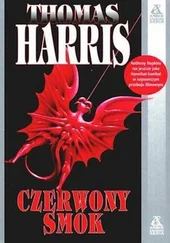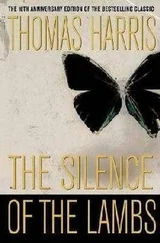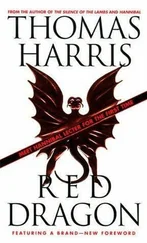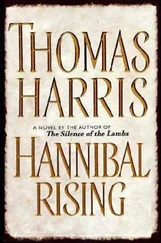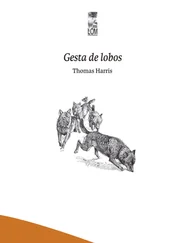He called Corley from a telephone booth on the pier.
Sapp had not consciously lied to Kabakov, but he was mistaken in saying that he knew no professional pilots. It was an understandable memory lapse—it had been years since he had last seen Michael Lander or thought about the frightening, infuriating day of their first meeting.
Sapp had been on his seasonal migration northward when a floating timber mangled both his propellers off Manasquan, New Jersey, forcing him to stop. Sapp was strong and capable, but he could not change a jammed and twisted prop in open water with a sea running. The boat was drifting slowly toward the beach, dragging her anchor before a relentless onshore wind. He could not call the Coast Guard because they would smell the same stench that gagged him as he went below to get his storm anchor—the smell of $5,500 worth of black market alligator hides bought from a Florida poacher and bound for New York. When Sapp returned to the deck, he saw a boat approaching.
Michael Lander, out with his family in a trim little cruiser, threw Sapp a line and towed him to a protected inlet. Sapp, not wanting to be stuck at a marina with a disabled boat loaded with hot hides, asked Lander to help him. Wearing snorkle masks and flippers, they worked beneath the boat, and their combined strength was enough to pry one of the propellers off its shaft and fit the spare. Sapp could limp home.
“Excuse the smell,” Sapp said uneasily as they sat on the stern, resting. Since Lander had been below in the course of the work, he could not have helped seeing the hides.
“None of my business,” Lander said.
The incident began a casual friendship that ended when Lander returned to Vietnam for his second hitch. Sapp’s friendship with Margaret Lander had continued, however, for some months after that. On the rare occasions when he thought about the Landers, it was the woman Sapp recalled most clearly, not the pilot.
ON THE FIRST OF DECEMBERthe president informed his chief of staff that he would definitely attend the Super Bowl in New Orleans, whether the Washington Redskins were playing or not.
“Goddamn it,” said Earl Biggs, special agent in charge of the White House Secret Service detail. He said this quietly and alone. He was not surprised—the president had indicated previously that he was likely to go—but Biggs had hoped the trip would be canceled.
I should have known better than to hope, Biggs reflected. The Man’s honeymoon with the nation was over and he had begun to slip a little in the polls, but he would be assured of a standing ovation in the Deep South, with the whole world watching.
Biggs dialed the number of the Secret Service’s Protective Research section. “January twelfth. New Orleans,” he said. “Get on it.”
The Protective Research section has three levels of files. The largest contains every threat that has been made against a president by telephone, mail, or reported utterance in the last forty years. Persons who have made repeated threats or who are considered potentially dangerous are listed in a “live file.”
The live files are reviewed every six months. Changes in address, job status, and international travel are noted. At present, there are 840 names in the live file.
Of these, the 325 considered most serious are also listed in a geographically indexed “trip file.” Before each presidential trip, the persons listed in the area involved are investigated.
With forty-three days of lead time, the clerks in Protective Research and the agents in the field had plenty of time to check out New Orleans.
Lee Harvey Oswald was never listed in the Secret Service trip file. Neither was Michael Lander.
On December 3, three agents from the White House Secret Service detail were dispatched to New Orleans to take charge of security arrangements. Forty days’ lead time and a three-man team have been standard procedure since 1963. On December 7, Jack Renfro, leader of the three-man detail, sent a preliminary report to Earl Biggs at the White House.
Renfro did not like Tulane Stadium. Anytime the president appeared in public, Renfro could feel the exposure crawling on his own skin. The stadium, home of Tulane’s Green Wave, the Sugar Bowl Classic, and the New Orleans Saints, is the largest steel stadium in the world. It is rusty gray and tan and the area beneath the stands is a forest of girders and beams, a nightmare to search. Renfro and the other two Secret Service agents spent two days climbing through the stadium. When Renfro walked out onto the field, every one of the 80,985 seats threatened him. The glassed-in VIP booth high on the west side of the stadium at the end of the press gallery was useless. He knew the president would never consent to use it, even in the case of inclement weather. No one could see the president there. He would use the VIP box, at the front of the west stands on the fifty-yard line. For hours Renfro sat in the box. He placed a member of the New Orleans police department in it for an entire day, while he and the other two agents checked the lines-of-sight from various positions in the stands. He personally inspected the cream of the New Orleans police department‘s Special Events squad—the officers who would be assigned to the stadium.
He tried routes from New Orleans International Airport to the stadium via U.S. 61, state highway 3046, and U.S. 90 and a combination of Interstate 10 and the Claiborne Avenue section of U.S. 90. All routes seemed endless, especially in light of the notorious traffic problem in the stadium area.
The preliminary evaluation Renfro sent to special agent Biggs at the White House said in part:
Suggest we recommend in the strongest terms that the president be helicoptered from New Orleans International Airport to the stadium following this procedure:
1. A motorcade will be ordered to stand by at the airport, but will be used by peripheral members of traveling party.
2. No helipad will be marked at the stadium until the president’s helicopter is airborne from New Orleans International. At that time a portable fabric landing marker will be deployed at the south end of the infield on the track outside the northwest corner of the stadium. (See attached diagram A-1.) The track has no overhead wires and provides a clear landing area in the infield, but has three tall light standards on each side. These standards do not appear on the New Orleans sectional and VFR terminal area chart. Their presence should be emphasized at the pilot’s briefing.
3. From the landing pad to Gate 19 is 100 paces. (Note enclosed photograph A-2.) Have requested removal of the unsightly garbage container indicated beside stadium wall. Suggest agents on the ground at landing point check the bushes at the edge of the stadium at Zero minus one minute.
The landing area can be covered from the rear upper floors of five houses on Audubon Boulevard. They are numbers 49, 55, 65, 71, and 73. Preliminary check indicates they are all occupied by citizens considered zero threat. The roofs and windows should be observed during the arrival, however.
In the event a crowd remains at the ticket windows at Gate 19 when the president arrives, Gate 18 and vendor’s gate 18A could be used, but these are considered less desirable, as they would necessitate a short walk under the stands.
From Gate 19, the president would be exposed to the area under the stands for 75 paces before reaching the sideline at the goal line.
The president will use Box 40, a double-size box at the 50-yard line. (See attached diagram A-3.) Note the railings allow access at front and rear. Also note the rear of the box is elevated 6 inches by a step. Tall agents seated behind the president in Box 40 would give considerable coverage from behind. Secret Service boxes will be numbers 14 and 13 in front of the Presidential Box to the right and left. At least one agent each should be in Boxes 71, 70, 69, and 68, to the rear.
Читать дальше
